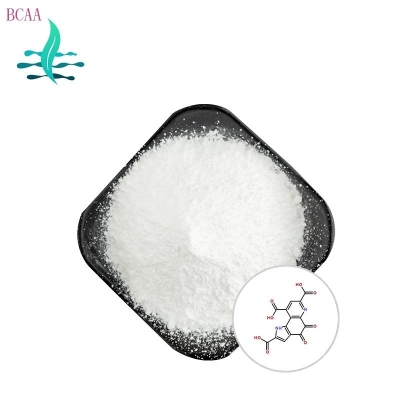-
Categories
-
Pharmaceutical Intermediates
-
Active Pharmaceutical Ingredients
-
Food Additives
- Industrial Coatings
- Agrochemicals
- Dyes and Pigments
- Surfactant
- Flavors and Fragrances
- Chemical Reagents
- Catalyst and Auxiliary
- Natural Products
- Inorganic Chemistry
-
Organic Chemistry
-
Biochemical Engineering
- Analytical Chemistry
-
Cosmetic Ingredient
- Water Treatment Chemical
-
Pharmaceutical Intermediates
Promotion
ECHEMI Mall
Wholesale
Weekly Price
Exhibition
News
-
Trade Service
Isoscabertopin is a selective estrogen receptor modulator (SERM) that has been the subject of much research and development in the chemical industry.
SERMs are a class of drugs that interact with the estrogen receptor, a protein that is found in many different tissues in the body.
By modulating the activity of the estrogen receptor, SERMs are able to produce a wide range of effects, including the prevention or treatment of certain hormone-related conditions.
There are several synthetic routes that have been developed for the production of isoscabertopin.
One of the most common methods involves the use of a process called the "Grignard reaction," which involves the formation of a Grignard reagent from a halogenated alkene and magnesium metal.
The Grignard reagent is then treated with an acid to form a carbonyl compound, which is then transformed into a substituted phenol through a series of chemical reactions.
Another synthetic route for isoscabertopin involves the use of a process called the "Ullmann reaction," which involves the formation of a Ullmann complex from an aryl halide and a metal catalyst.
The Ullmann complex is then treated with an amine to form an imine, which can be converted into a substituted phenol through a series of chemical reactions.
In addition to these synthetic routes, there are also several other methods that have been developed for the production of isoscabertopin.
These methods include the use of enzymes, microwave irradiation, and other advanced techniques.
One of the key advantages of isoscabertopin is that it is able to produce a wide range of effects without producing significant side effects.
This makes it an attractive option for the treatment of various hormone-related conditions, such as breast cancer and osteoporosis.
In addition, isoscabertopin has been shown to have a number of other potential medical uses, including the prevention of cardiovascular disease and the improvement of cognitive function.
Despite its many potential benefits, isoscabertopin is not without its challenges.
One of the main challenges associated with the production and use of isoscabertopin is its high cost.
As a result, there is ongoing research in the chemical industry to develop more cost-effective methods for the production of isoscabertopin and other SERMs.
Overall, isoscabertopin is an important and promising compound in the field of SERMs.
Its ability to produce a wide range of effects without causing significant side effects makes it a valuable tool in the treatment of hormone-related conditions, and its potential medical uses are the subject of ongoing research.






